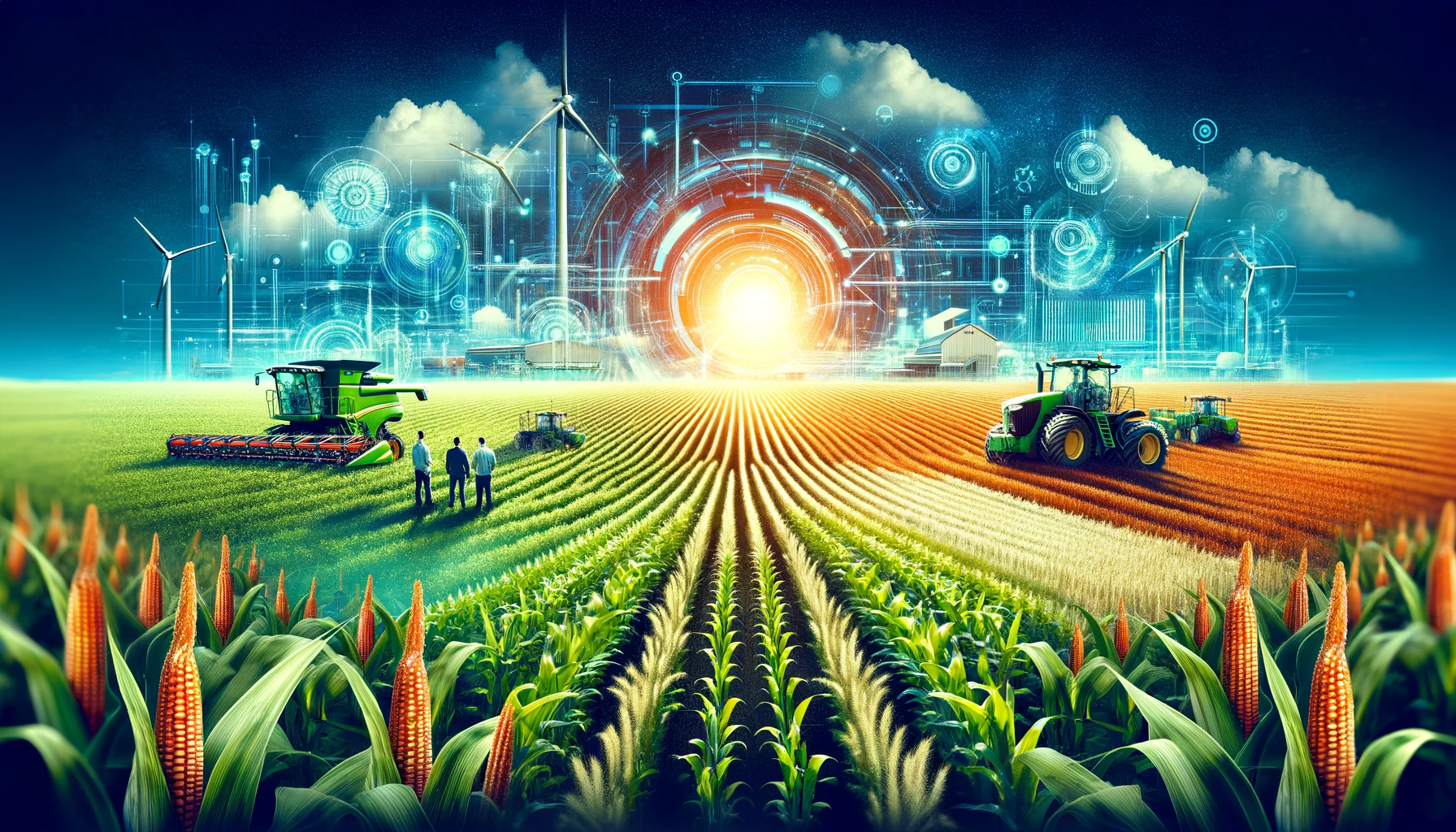Your cart is currently empty!

Agriculture
Precision Farming and Resource Management with Local AI in Agriculture
Overview: An agricultural enterprise deploys a local AI solution to enhance precision farming practices, optimize resource management, and increase yield, offering a secure and efficient alternative to cloud-based systems.
Background: Modern agriculture faces the challenge of increasing production sustainably while minimizing environmental impact. Precision agriculture, powered by AI, can analyze vast amounts of data from soil sensors, weather stations, and drones to make informed decisions about planting, irrigation, and harvesting.
Goals:
- Increase crop yield and quality through data-driven farming practices.
- Optimize the use of water, fertilizers, and pesticides to reduce costs and environmental footprint.
- Enhance the security of farm data and operational technology.
- Automate farm operations to improve efficiency and reduce labor costs.
Solution: The agricultural enterprise implements a tailor-made software solution integrated with open-source LLMs and supported by an ultrafast server router, all operating within the enterprise’s secure local network for real-time data processing and analytics.
Step-by-Step Implementation:
- Installation and Integration:
- The local AI server is set up on the farm, with a secure network connecting various IoT devices and agricultural machinery.
- The system is integrated with existing farm management software to consolidate data streams.
- Data Security and Access Control:
- Data collected from sensors and machinery is encrypted, and access is strictly controlled to protect farm operation details and yield data.
- Compliance with agricultural data management regulations is ensured.
- Farmer Training and System Adoption:
- Farmers and farm managers are trained on the AI system to utilize insights for planting, irrigation, and crop management.
- Best practices for data collection and entry are established to maintain data quality.
- Precision Farming Implementation:
- The AI system processes real-time data to provide guidance on crop rotation, soil health, and optimal planting times.
- Drones equipped with sensors and AI capabilities monitor crop health and growth, adjusting farming practices as needed.
- Resource Optimization and Sustainability:
- AI algorithms analyze weather patterns and soil conditions to optimize irrigation and fertilization, reducing waste and conserving resources.
- The system identifies and predicts pest and disease patterns, allowing for targeted treatment and prevention.
Outcomes:
- Increased Agricultural Productivity:
- Data-driven insights lead to more efficient farming practices, resulting in higher yields and improved crop quality.
- Enhanced Data Security:
- With local data processing, sensitive agricultural data is kept secure from external threats and competitors.
- Reduced Environmental Impact:
- Precision resource management minimizes the overuse of water and chemicals, supporting sustainable farming initiatives.
- Operational Cost Savings:
- Automation and optimized resource usage lead to reduced labor and input costs.
- Scalability for Expansion:
- The AI system can scale with the enterprise’s growth, supporting larger operations and more complex data analysis.
Future Considerations:
- Develop AI-driven market analysis tools to help farmers understand trends and optimize pricing strategies.
- Integrate AI with genetic algorithms for crop breeding to develop strains that are more resistant to climate change.
- Explore the use of AI in farm-to-consumer supply chains to increase transparency and efficiency.
Conclusion: Adopting a local AI solution revolutionizes the agricultural enterprise’s operations, leading to smarter farming, higher productivity, and a stronger commitment to sustainability and security.